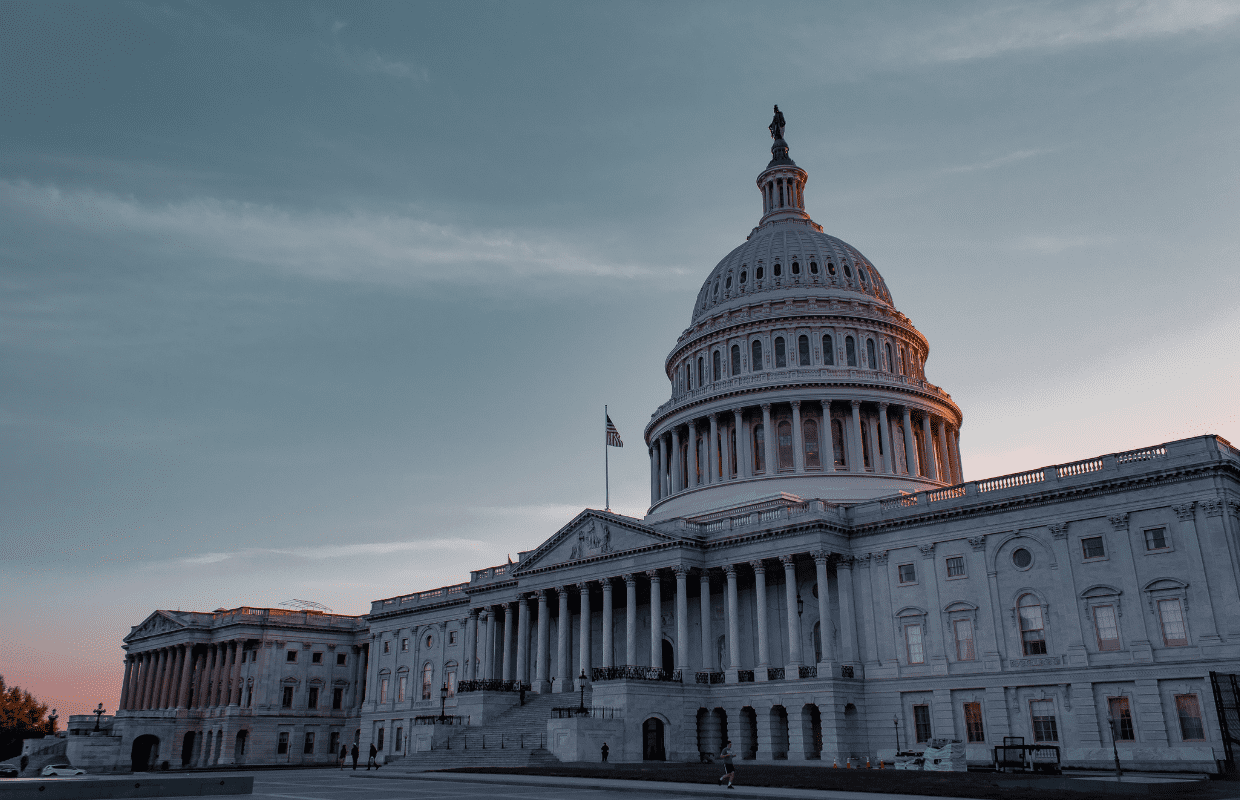As national awareness of human trafficking continues to increase, we now see hotline numbers in public spaces, hear announcements at airports, and find classes specific to the topic. Given the current level of engagement and attention on human trafficking, it’s hard to believe that it wasn’t until 2000 that this human rights abuse was federally recognized and defined in the United States.
This month, we celebrate the 20th anniversary of the Trafficking Victims Protection Act (TVPA). For the first time in US history, this monumental law established a comprehensive and coordinated effort to eliminate modern forms of slavery, both domestically and internationally. With the passing of the TVPA, the U.S. government acknowledged human trafficking as a distinct form of crime. The TVPA became the national anchor for federal human trafficking legislation. For survivors and those experiencing trafficking, a new formalized language emerged to describe their exploitation. Perhaps more importantly, an original legal framework for seeking justice began to come into focus.
For survivors and those experiencing trafficking, a new formalized language emerged to describe their exploitation. Perhaps more importantly, an original legal framework for seeking justice began to come into focus.
Defining the Crime and a National Framework for Response
The TVPA created a national strategy to combat human trafficking, and to this day, dictates the federal government’s response. One of the key takeaways from this legislation was the simple yet radical act of clearly defining both sex trafficking and labor trafficking:
- Sex trafficking is the recruitment, harboring, transportation, provision, obtaining, patronizing, or soliciting of a person for the purposes of a commercial sex act, in which the commercial sex act is induced by force, fraud, or coercion, or in which the person induced to perform such an act has not attained 18 years of age.
- Labor trafficking is the recruitment, harboring, transportation, provision, or obtaining of a person for labor or services, through the use of force, fraud, or coercion for the purposes of subjection to involuntary servitude, peonage, debt bondage, or slavery.
In addition to these definitive explanations, the law also designed a three-pronged approach to addressing human trafficking known as the 3Ps:
- Protection: increases protections for survivors by expanding funding, services, and health benefits to survivors regardless of immigration status and creates T Visa documents for foreign national victims
- Prosecution: makes human trafficking a federal crime with severe penalties, criminalizes attempts to engage in trafficking, and requires restitution to be paid to survivors
- Prevention: creates a national task force and Office to Monitor and Combat Trafficking in Persons (TIP Office) to ensure public awareness, information programs, research, and international economic development programs to assist potential victims
The Evolution of the TVPA Through the Years
The TVPA has had multiple re-authorizations signed into law by both Republican and Democratic presidential administrations (Most recently in January 2019). As the government continues to discover the complexities of fighting this crime, private and government actors must re-evaluate and adjust their response. The re-authorizations refine, amend, and recommend actions to improve survivor services, expand federal criminal jurisdiction, and provide resources for those in anti-trafficking work.

Although there is still much to do in the fight to end human trafficking, promising legislation and policies pass every year across the United States. In Colorado, over ten trafficking-specific bills have passed in the state legislature since 2015. As human trafficking impacts every demographic group, bi-partisan legislation often passes even amidst increasing gridlock in Washington, DC.
Policy leaders in anti-trafficking have historically embraced the necessity of reaching across the political aisle to advance a collaborative, unified response. The TVPA and its major re-authorizations passed under the Clinton, Bush, Obama, and Trump administrations. But challenges to that unity in recent months prompted a coalition of survivors, service providers, human and labor rights advocates, law enforcement officials, researchers and policy experts to publish an open letter regarding our nation’s collective efforts to end human trafficking.
From National Legislation to Local Action
Along with the TVPA’s efforts to focus on prevention, protection, and prosecution, the 2010 U.S. TIP Report added a 4th P: partnership. With an issue as multi-faceted as human trafficking, we need partnerships that bring together diverse perspectives and leverage community resources. In Colorado, LCHT’s Action Plan 2.0 highlights specific recommendations within the 4Ps to reduce human trafficking.
As COVID-19 continues to affect our most vulnerable populations, federal policy like the TVPA is still critical to ensure access to basic needs. Without these needs met, more and more people can become susceptible to exploitation. But advocating for the end of human trafficking isn’t limited to federal legislation. It must extend to community-based policies that protect vulnerable groups and connect survivors with local resources. LCHT will continue that work by developing, informing, and advocating for comprehensive anti-trafficking legislation within local, state, and federal government.
Lauren Holsombeck is currently an intern in LCHT’s Leadership Development Program where she focuses on the Hotline and Resource Directory Program. She is also working towards her Master of Social Work at the University of Denver and hopes to use her education and experiences to pursue a career advocating for community-informed policy and practices within the field of human rights.

